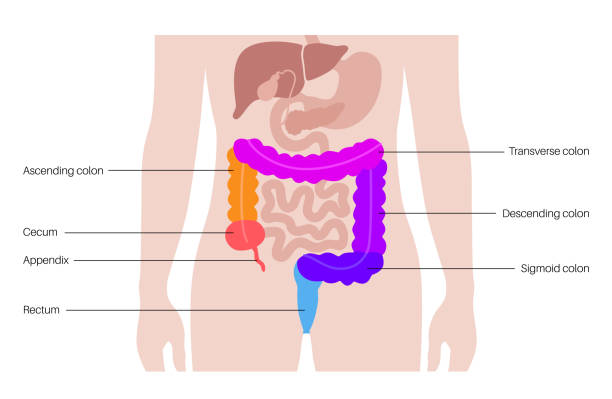Understanding Components: Salad dressings typically consist of three main components – oil, acid, and emulsifiers. The choice of oil significantly influences the mouthfeel and overall flavor. Olive oil, for instance, offers a rich and fruity taste, while canola oil provides a neutral base. The acid, commonly vinegar or citrus juice, adds brightness and helps balance the richness of the oil. Emulsifiers, such as mustard or egg yolk, play a crucial role in stabilizing the mixture, preventing separation.
Emulsification: Creating a stable emulsion is the backbone of a successful salad dressing. An emulsion is a mixture of immiscible liquids, like oil and water, held together by an emulsifying agent. Mustard and egg yolk contain compounds that facilitate the formation and maintenance of emulsions. The science lies in their ability to surround oil droplets, preventing them from coalescing and separating from the water-based ingredients.
Flavor Profiles: The art of crafting the perfect salad dressing involves understanding the balance of flavors. The acidity from vinegar or citrus juice should counteract the richness of the oil, creating a well-rounded taste. Herbs and spices contribute complexity and depth. Consider the compatibility of ingredients; for example, a balsamic vinaigrette pairs well with Mediterranean salads, while an Asian-inspired sesame dressing complements ingredients like soy sauce, ginger, and garlic.
Texture and Mouthfeel: Texture is a vital but often overlooked aspect of salad dressing. Achieving the right viscosity ensures that the dressing coats the salad ingredients evenly. This is where emulsification comes into play again; a well-emulsified dressing provides a smooth and velvety texture. Balancing the thickness of the dressing with the salad components is essential for a satisfying mouthfeel.
Nutritional Considerations: Beyond taste and texture, the ideal salad dressing should contribute to the overall nutritional value of the dish. Choosing healthy oils, such as olive oil rich in monounsaturated fats, adds beneficial components to the salad. Additionally, incorporating ingredients like garlic and herbs not only enhances flavor but also introduces potential health benefits.
Experimentation and Personalization: The science of salad dressing is not a one-size-fits-all formula. Personal preferences, dietary restrictions, and the specific salad ingredients play a significant role in determining the ideal dressing. Experimenting with different ratios of oil to acid, trying diverse emulsifiers, and exploring various flavor combinations empower individuals to tailor dressings to their liking.
Conclusion: The science of the ideal salad dressing is a delicate interplay of components, emulsification, flavor profiles, texture, and nutritional considerations. Crafting the perfect dressing requires an understanding of the chemistry involved, coupled with a creative approach to flavor combinations. By mastering this culinary art, individuals can elevate the humble salad into a culinary delight that tantalizes the taste buds and nourishes the body.



